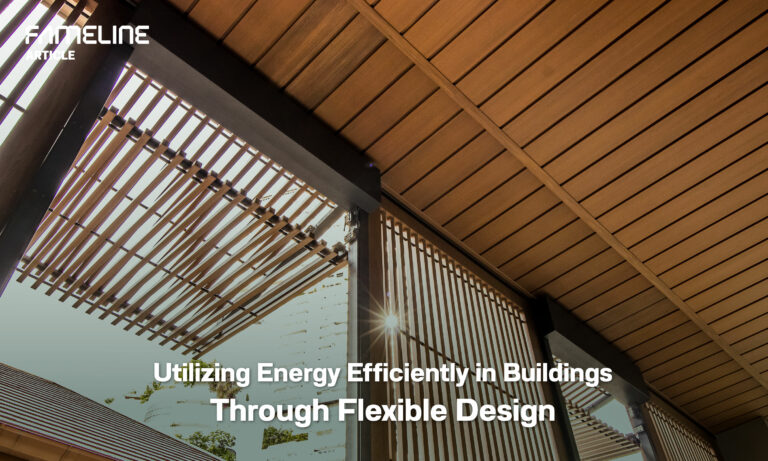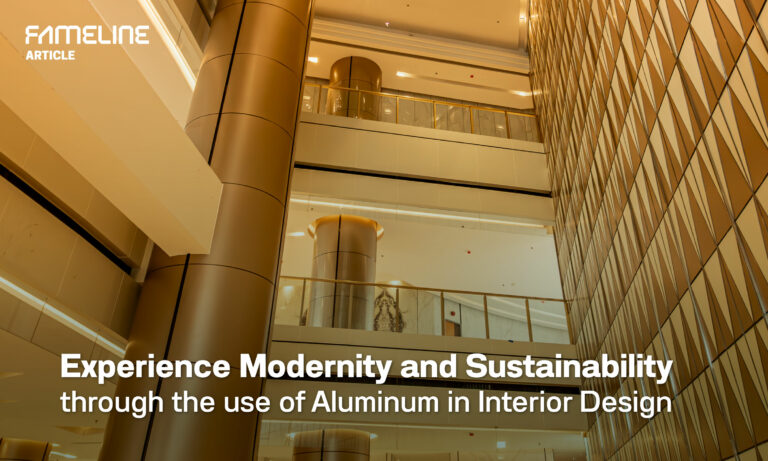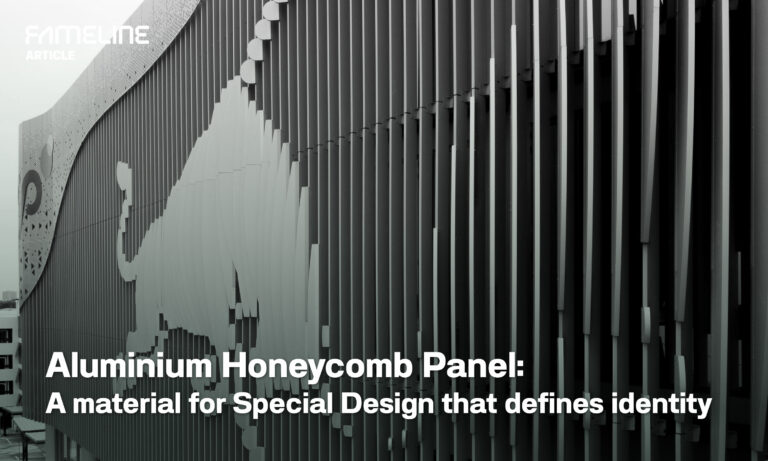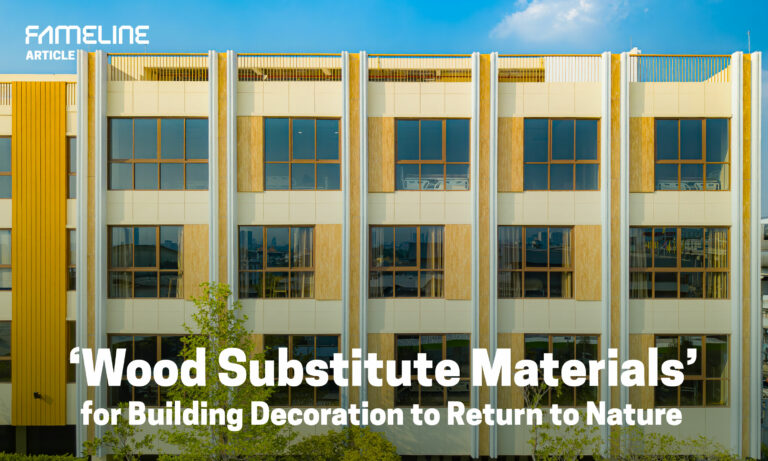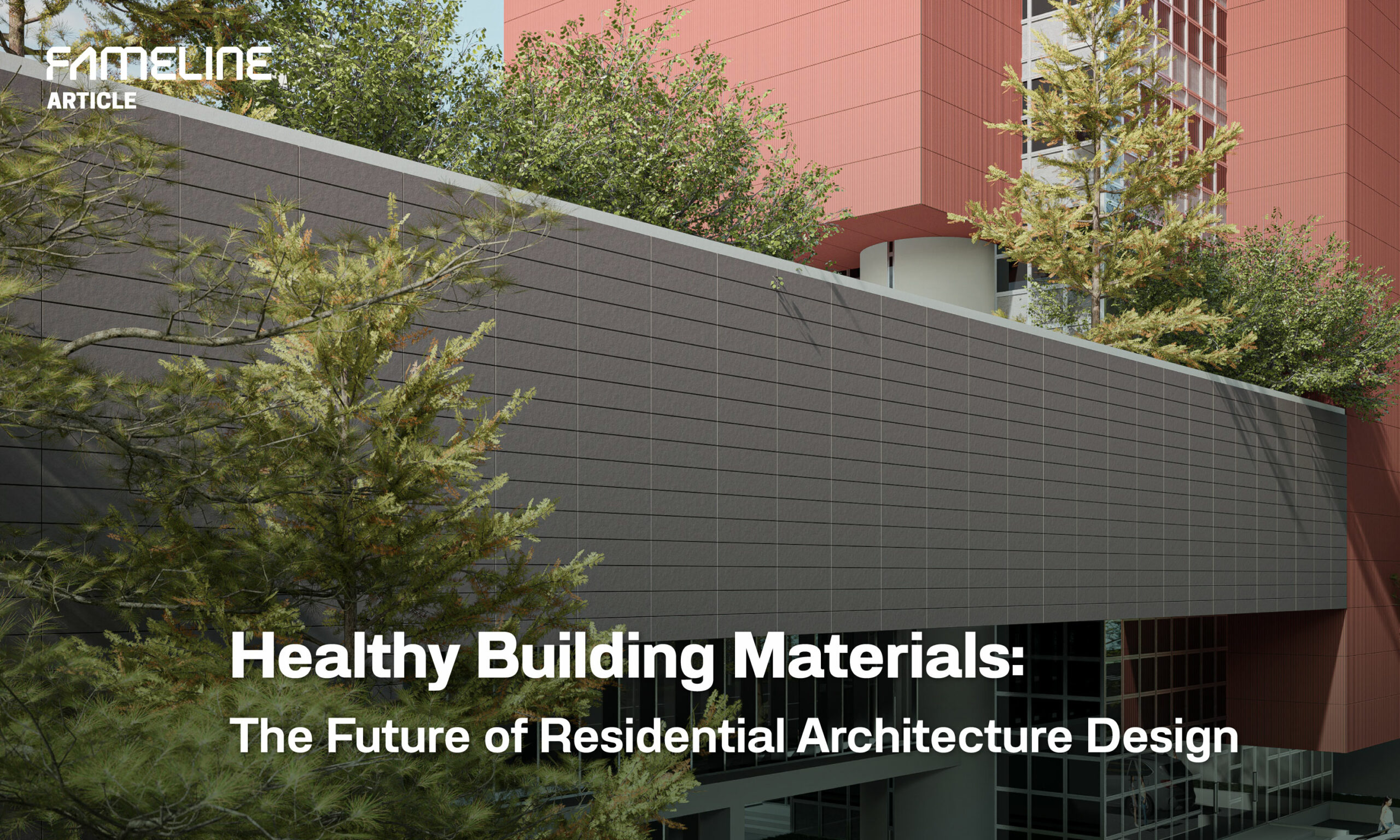
Healthy Building Materials: The Future of Residential Architecture Design
In today’s world, there are countless ways to access healthy environments, from nutrition and exercise to mental health therapy and eco-tourism. These methods extend into residential design, emphasizing natural elements to enhance both physical and mental health.
Choosing Healthy Building Materials
Incorporating healthy building materials into residential design goes beyond aesthetics, durability, and functionality. It also reduces environmental impact and promotes well-being. This approach includes:
- Reducing Harmful Chemicals: Opting for materials free from volatile organic compounds (VOCs) and carcinogens like formaldehyde minimizes respiratory health impacts and cancer risks.
- Improving Indoor Air Quality: Utilizing air-purifying materials helps reduce contaminants and toxic gases inside buildings.
- Enhancing Comfort: Materials that regulate indoor temperature and humidity improve comfort and reduce the need for heating and cooling energy.
- Promoting Sustainability: Choosing sustainable materials like bamboo or recycled products lessens natural resource use and greenhouse gas emissions.
- Connecting with Nature: Natural materials such as wood or stone create friendly and stress-reducing environments.
Using health-focused materials not only enhances the quality of life and comfort for residents but also benefits the environment and society at large.
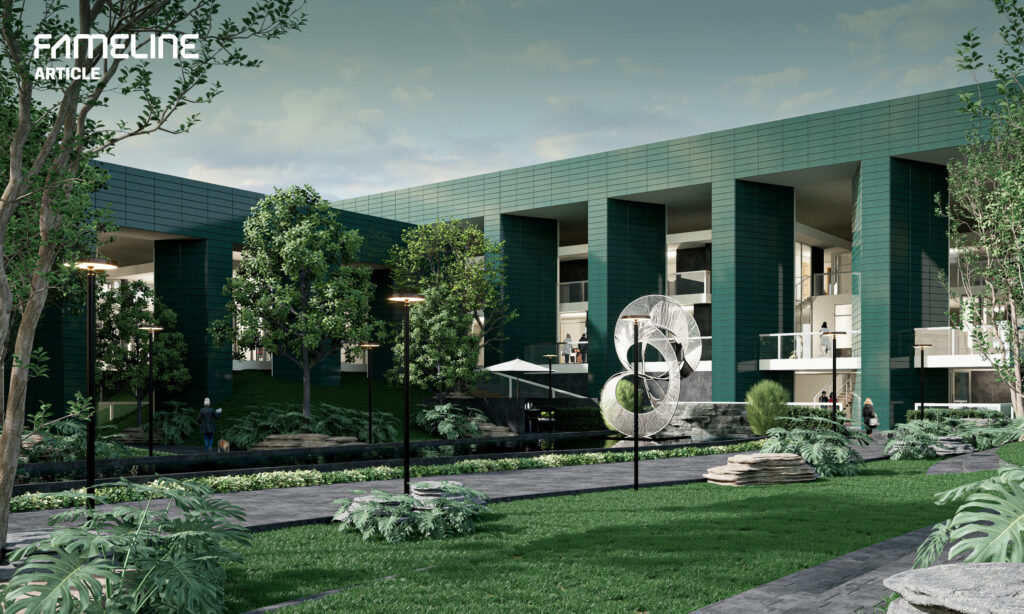
Sustainable Materials for Better Living
FAMELINE offers innovative building materials that enhance both the healthiness and sustainability of living spaces. For instance, their ‘Terratex’ terracotta tiles are made from 100% natural clay, reducing resource costs significantly. These tiles offer a smooth, dense finish, are durable, and maintain their color for a long time. They are low-maintenance and installed using a clip-lock system with a steel framework, a dry installation method that reduces the use of concrete or wet chemicals. This method speeds up installation, is precise, minimizes construction pollution, and enhances air circulation between the tiles and the walls. Additionally, the natural insulating properties of clay help reduce energy usage within buildings.
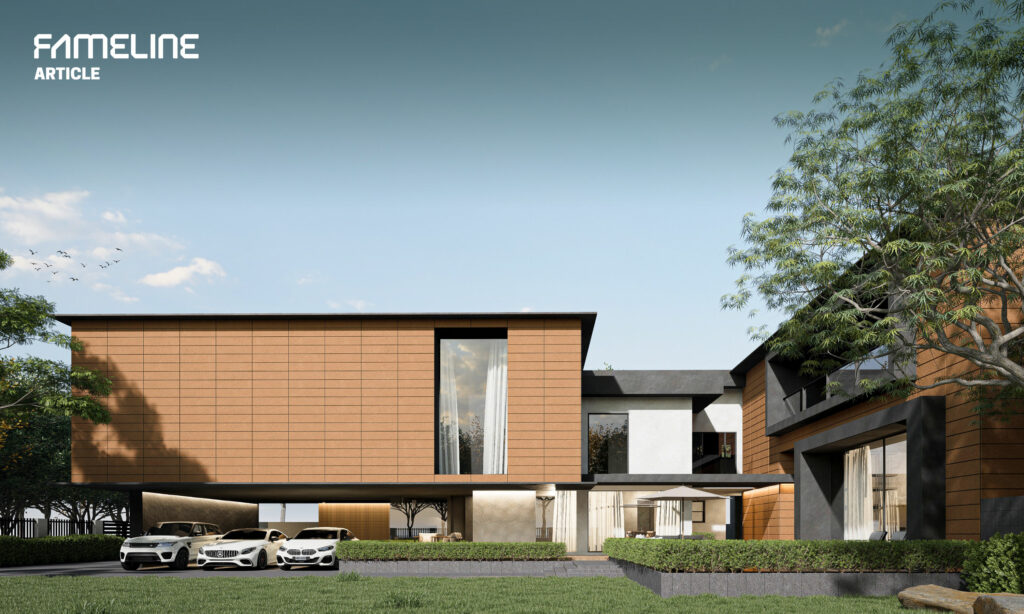
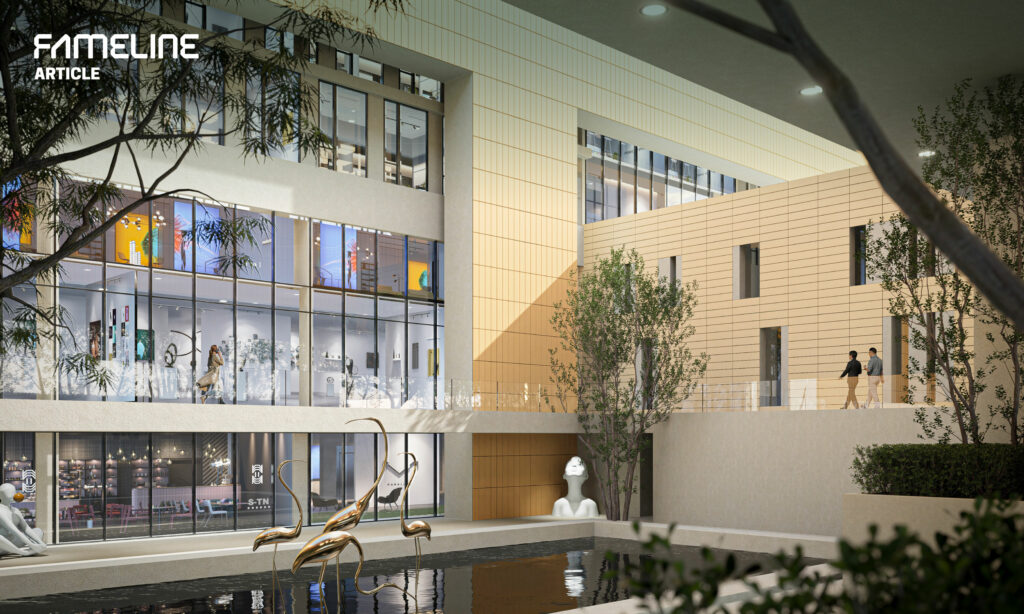
Another innovative product is the ‘Surface Ceiling’ material made from Bamboo Fiber. This material is extracted from bamboo plants and spun into fibers, creating a robust construction material for ceilings. The bamboo fiber ceilings are covered with a PVC film that ensures durability and an attractive finish. Available in sizes up to 400 x 60 cm and 9 mm thick, these panels can be designed up to four meters long. They are moisture-resistant, fire-retardant to Class B1 standards, and offer protection against termites and other pests. The panels can be installed seamlessly (Flat Ceiling) or in a V-Groove pattern to enhance the decorative aspect, featuring realistic wood grain patterns and easy cleaning properties. These materials are not only effective but also environmentally friendly, aligning with sustainable design principles.

The Role of Technology in Sustainable Living
The future of sustainable residential design is foundational not only for quality living but also integrates new technologies and innovations to meet housing needs more effectively. Continuous advancements in artificial intelligence (AI) and machine learning enhance device efficiency in homes to match residents’ behaviors and preferences, optimizing energy use and comfort. By selecting health-oriented construction materials, we efficiently allocate diminishing resources, reduce waste and carbon emissions, and improve maintenance needs, fostering better living conditions that expand from individual well-being to broader societal health.
Related Articles


